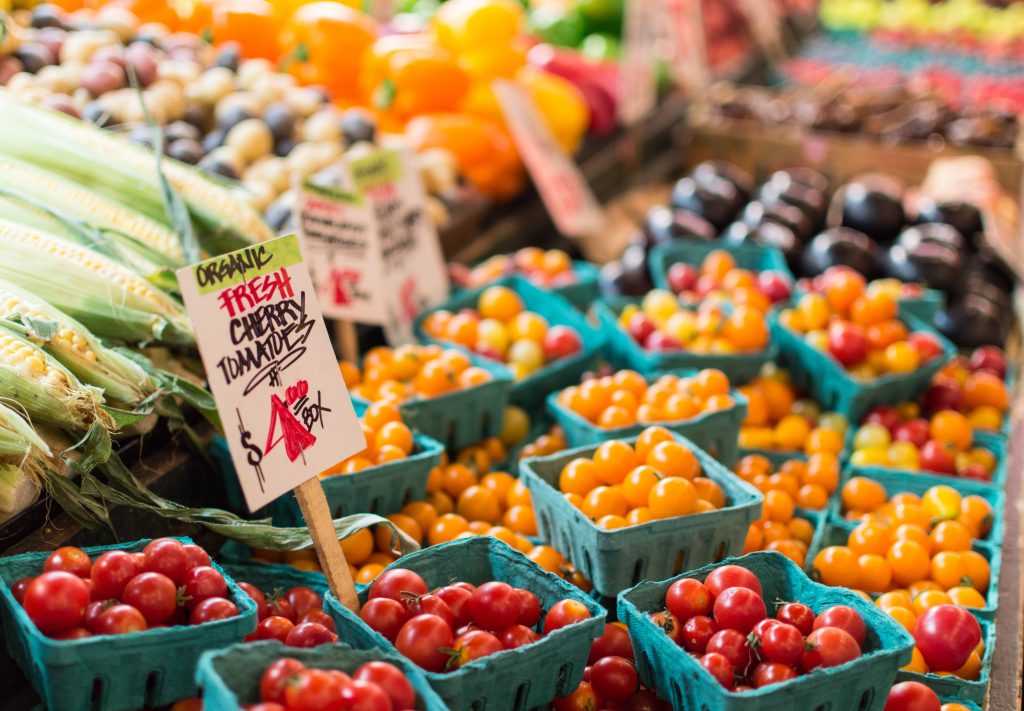
That’s what some Amazon Prime members in Austin, Cincinnati, Dallas, and Virginia Beach might be saying today after Amazon announced that it will begin offering free two-hour grocery delivery from Whole Foods. As you might recall, Amazon rocked the grocery world when it announced it was purchasing the upscale grocery chain in August last year. Now, some customers will have the option of ordering natural and organic products from their local Whole Foods store and having it all delivered for FREE within two hours. According toBloomberg Technology, 90% of Amazon Prime’s 90 million users live within 10 miles of a Whole Foods, so the announcement of a free delivery service perhaps should come as no surprise. And from a cost standpoint, you can see how this would pencil out—instead of pulling items off a shelf in some distant warehouse that then have to be transported to local destinations, goods will come directly from a nearby store right to your doorstep.

This convenience does not come without implications, of course. For one thing, we could see an uptick in delivery traffic in the cities where this program is rolling out. (Did I mention that delivery is FREE?) Increased delivery traffic could result in increased congestion, particularly in dense areas, as drivers look for loading zones or possibly double park to drop off orders. (Even more reason why cities need to start digitizing those curbs.) There’s also the question of what this will do to suppliers. As Bloomberg’s Olivia Zaleski mentions, shelf space at Whole Foods could get a whole lot more expensive as suppliers compete for placement. And then there’s the competition that other grocery stores will experience–just this week, the Portland-based upscale grocery chain New Seasons announced that it will be closing a Sunnyvale, CA store it opened less than a year ago and will not be building the other California stores it had planned. They cited “growing pressure from new business models, including stores offering in-store pick-up of online orders and meal kit delivery services” as contributing to the decision. Imagine how much tougher it could get for them now that a direct competitor for their retail market can offer fast and free delivery.
Let us not overlook the equity implications of this announcement either. If you can afford an Amazon Prime account, you likely live within 10 miles of a Whole Foods, as noted above. Now you can get free delivery of fresh, organic foods. But what if you can’t afford an Amazon Prime account? E-commerce promises convenience, and perhaps no other company understands “that the most important value in American retail today is what’s is technically known as ‘consumer convenience'” than Amazon. But convenience comes with a price tag that many people cannot afford. How do we move into the future without widening the gaps between haves- and have-nots even more?
Join us for discussions about the equity implications of emerging technologies and what to do about them at the Urbanism Next Conference next month!

